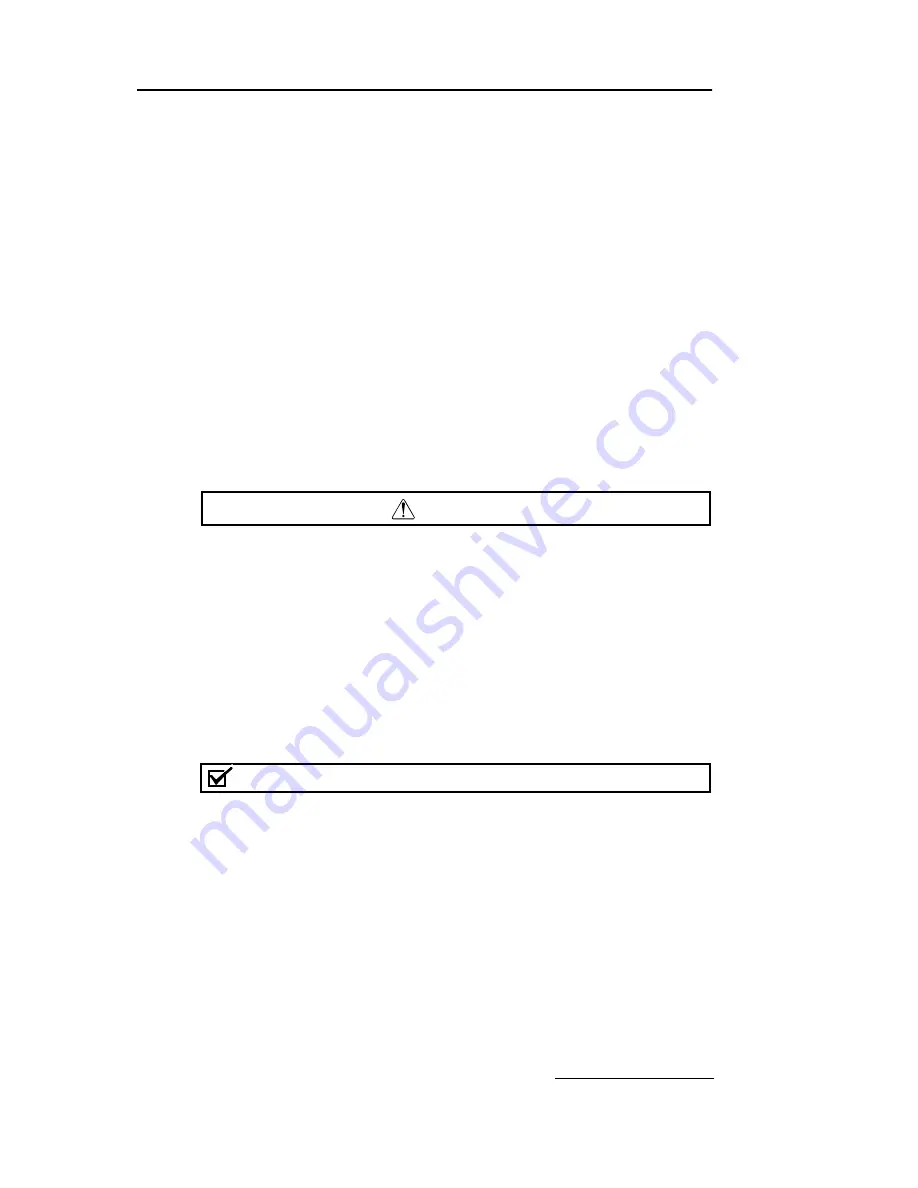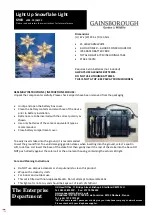
Section 2 System Preparation
2-9
2.6 Optional External Gas
The Combi
Flash
R
f
system has an internal air pump that
provides compressed air for solvent and waste level sensing.
Optionally, the system can deliver a compressed gas. Inert or
other gases may be more suitable than air for some
applications.
If ambient air is compatible with your solvents and waste,
simply leave the Optional External Gas port open.
If you want to use a gas instead of air, connect user-supplied
1
/
8
" I.D. tubing to the Optional External Gas port. Connect the
other end to the user-supplied compressed gas. The external
compressed gas should be dry, filtered, and regulated to 2–5
psi (0.14–0.34 atm, 13.8–34.5 KPa).
2.7 Connect and Route Drain Lines
WARNING
Risk of fire or equipment damage. Failure to connect drain lines
may allow organic solvents to pool in unsafe areas, creating a
potential for dangerous levels of flammable vapors. Improper
draining may damage the instrument’s internal components.
The Combi
Flash
R
f
has drain tubes extending from its top
shelf and back panel. The tubes drain away any liquid spilled
on the top shelf and the tray beneath the fraction collection
racks. Route the end of this tubing to a suitable waste fluid
collection container.
Note
It may be necessary to extend the drain tube. If so, splice the
tubing with user-supplied tubing. The user-supplied tubing should
have an inside diameter no smaller than the existing drain tubing,
and must be compatible with the solvents used by the system.
Route this extension tubing to the waste collection vessel.
2.8 Position the System
After completing the various connections, the system can be
moved to its operating position. Turn the system so that the
operator can access all of the front view features and controls
(Figure 1-2). Use care not to damage the connections, tubing,
and cables while moving the system.
















































